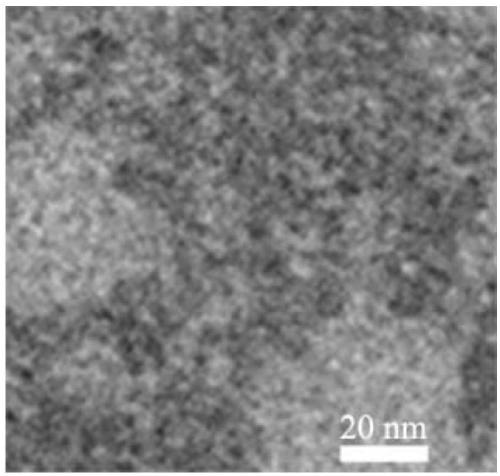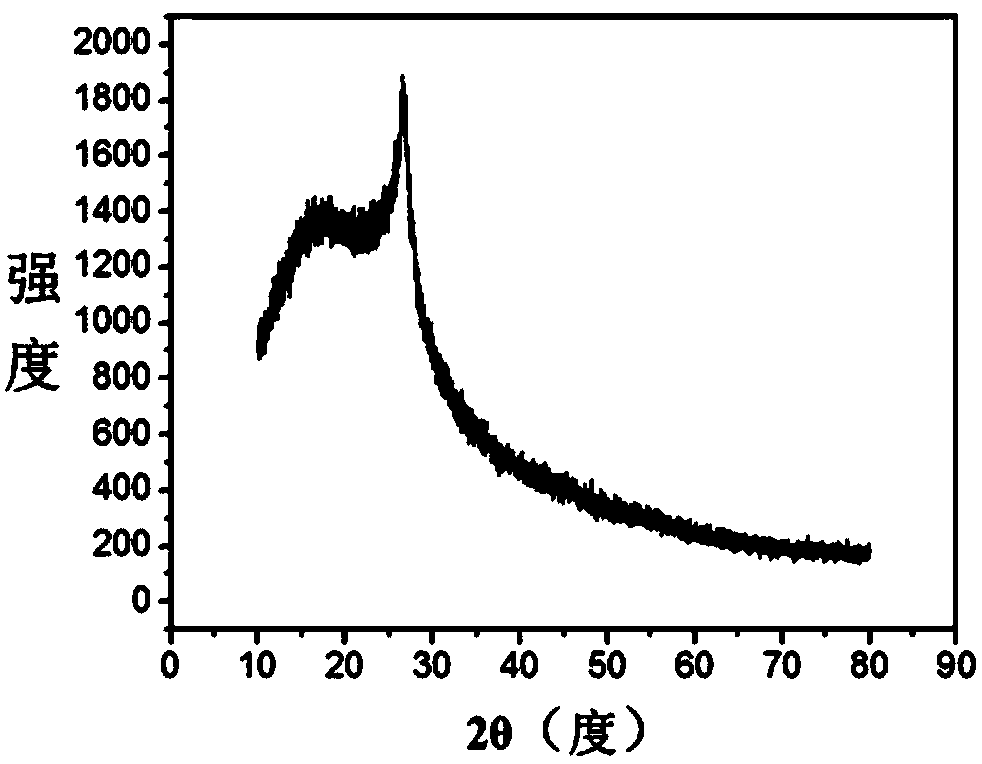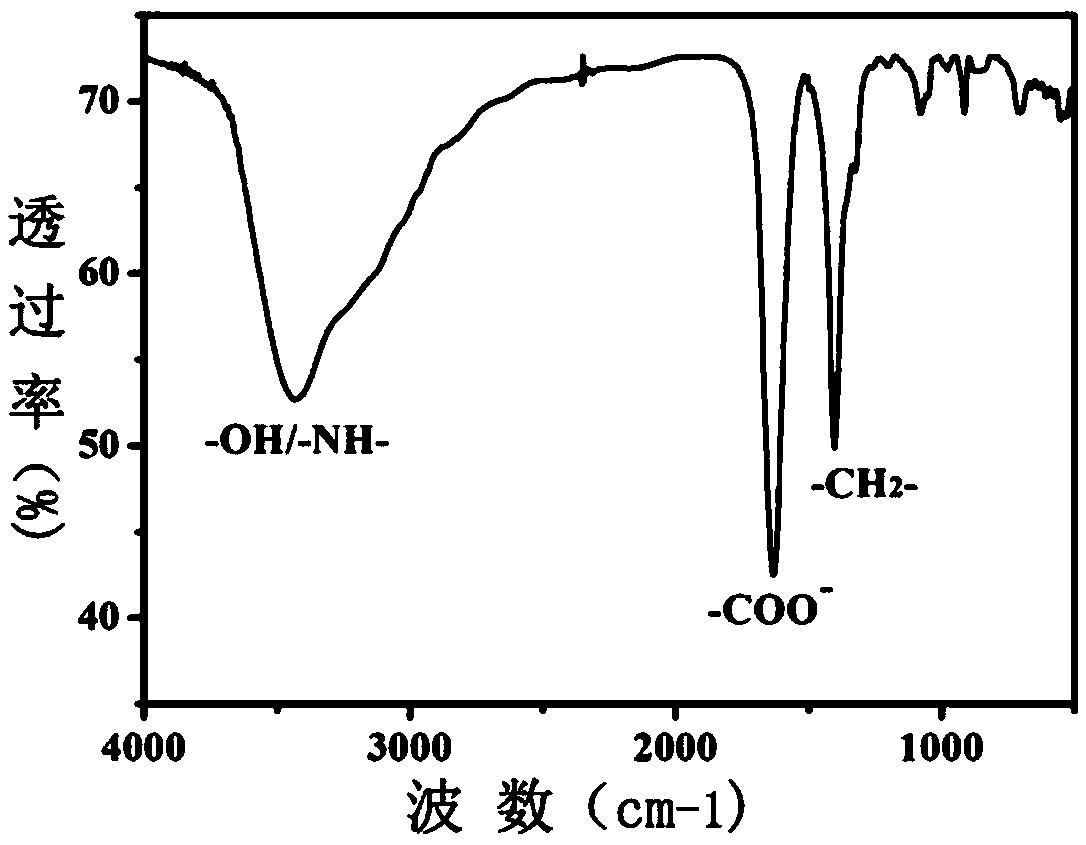Preparation method and application of carbon quantum dot-based fluorescence sensor with hexavalent chromium ion detection function
A hexavalent chromium ion, fluorescence sensor technology, applied in chemical instruments and methods, measurement devices, fluorescence/phosphorescence and other directions, can solve the problems of inability to realize visual fluorescence detection, low emission wavelength of fluorescent carbon quantum dots, etc. The effect of cheap raw materials and easy availability of raw materials
- Summary
- Abstract
- Description
- Claims
- Application Information
AI Technical Summary
Problems solved by technology
Method used
Image
Examples
specific Embodiment approach 1
[0035] Specific embodiment one: the preparation method of the carbon quantum dot-based fluorescent sensor with hexavalent chromium ion detection function in this embodiment, comprises the following steps:
[0036] 1. Dissolve the carbon source in N,N-dimethylformamide, and perform ultrasonic treatment to form a uniform mixed solution A; wherein the molar ratio of the carbon source and N,N-dimethylformamide in step 1 is 1: (50~130);
[0037] 2. Pour the solution A obtained in step 1 into a reactor lined with polytetrafluoroethylene, and put the reactor into an oven to react to obtain solution B;
[0038] 3. Put the solution B obtained in step 2 into a centrifuge tube, centrifuge repeatedly for 3-5 times, remove the large solid at the bottom, and keep the supernatant;
[0039] 4. Dialyze the supernatant obtained in step 3 for 48 hours with a dialysis bag, further purify the carbon quantum dot solution, remove uncarbonized reaction monomers, and obtain a carbon quantum dot solut...
specific Embodiment approach 2
[0041] Embodiment 2: This embodiment differs from Embodiment 1 in that: the carbon source in Step 1 is ethylenediaminetetraacetic acid, sodium citrate or ascorbic acid. Others are the same as in the first embodiment.
[0042] These several carbon sources can be dissolved with N,N-dimethylformamide to form a uniform mixed solution, which is helpful to further generate orange fluorescent carbon quantum dots with uniform size, stability and excellent fluorescence performance.
specific Embodiment approach 3
[0043] Embodiment 3: This embodiment is different from Embodiment 1 or 2 in that: in step 1, the power of ultrasonic treatment is 60-80W, and the time of ultrasonic treatment is 10-30min. Others are the same as in the first or second embodiment.
[0044]Selecting the appropriate ultrasonic power is conducive to the rapid dissolution of the carbon source without destroying the molecular structure of the selected carbon source. Ultrasonication for 10-30 minutes can ensure that the carbon source is completely dissolved in N,N-dimethylformamide, which is conducive to the preparation of orange fluorescent carbon quantum dots with uniform size, stability and excellent fluorescence performance.
PUM
| Property | Measurement | Unit |
|---|---|---|
| Emission wavelength | aaaaa | aaaaa |
| Particle size | aaaaa | aaaaa |
Abstract
Description
Claims
Application Information
 Login to View More
Login to View More - R&D
- Intellectual Property
- Life Sciences
- Materials
- Tech Scout
- Unparalleled Data Quality
- Higher Quality Content
- 60% Fewer Hallucinations
Browse by: Latest US Patents, China's latest patents, Technical Efficacy Thesaurus, Application Domain, Technology Topic, Popular Technical Reports.
© 2025 PatSnap. All rights reserved.Legal|Privacy policy|Modern Slavery Act Transparency Statement|Sitemap|About US| Contact US: help@patsnap.com



